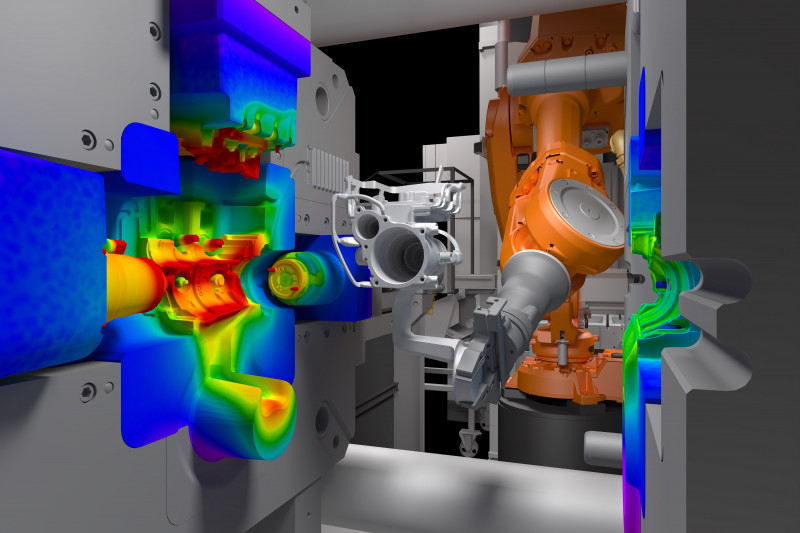Introduction:
Aluminum die casting molds are essential tools for producing high-quality aluminum parts. They play a crucial role in the manufacturing process, ensuring efficiency, accuracy, and consistency in production. This guide aims to provide a comprehensive overview of the steps involved in creating an aluminum die casting mold and optimizing production.
Step 1: Designing the Mold
The first step in creating an aluminum die casting mold is designing it. This involves understanding the desired product’s specifications, dimensions, and tolerances. CAD software is commonly used to create a 3D model of the mold, allowing for easier visualization and modification. During the design stage, it is essential to consider factors such as part ejection, cooling channels, and the overall mold structure to ensure efficient production.
Step 2: Material Selection
Choosing the right material for the mold is crucial for its durability and longevity. Common materials used for aluminum die casting molds include hardened steel, H13, and P20. The selection should be based on the expected production volume, part complexity, and budget constraints. It is important to work closely with material suppliers to ensure the chosen material meets the required specifications.
Step 3: Mold Fabrication
Once the design and material selection are finalized, the mold fabrication process begins. This process involves several steps, including milling, grinding, drilling, and EDM (electrical discharge machining). Skilled toolmakers use these techniques to shape the mold according to the design. Heat treatment processes are also employed to enhance the mold’s hardness and strength. Regular quality checks and inspections are performed throughout the fabrication process to ensure accuracy and precision.
Step 4: Mold Assembly
After the mold components are fabricated, they are assembled to create the final mold structure. This involves fitting together the various components, such as the core, cavity, and ejector system. Skilled mold assemblers meticulously align and secure the components to ensure proper functionality. The mold assembly stage also includes installing cooling channels and other necessary features to optimize production efficiency.
Step 5: Mold Testing and Refinement
Once the mold is assembled, it undergoes a series of tests to evaluate its performance. Mold testing involves injecting molten aluminum into the mold to produce sample parts. These parts are then inspected for any defects or issues, such as air entrapment, sink marks, or flash. If any problems are identified, adjustments are made to the mold design or fabrication process to improve its performance. This iterative process continues until the mold meets the desired quality standards.

Step 6: Production
Once the mold passes all the required tests and refinements, it is ready for production. During production, molten aluminum is injected into the mold under high pressure, filling the cavity and taking the shape of the desired part. The mold’s cooling channels help dissipate heat, enabling faster solidification and shorter cycle times. Efficient production techniques, such as automation and proper maintenance, contribute to higher productivity and consistent part quality.
Conclusion:
Creating an aluminum die casting mold requires careful planning, design, and execution. By following the steps outlined in this guide, manufacturers can ensure the efficient production of high-quality aluminum parts. From designing the mold to testing and refining it, each stage plays a crucial role in achieving optimal production outcomes. With the right materials, skilled craftsmanship, and continuous improvement, manufacturers can create molds that streamline the aluminum die casting process and contribute to overall manufacturing success.
-

- High precision magnesium thixomolding components laptop housing cover A
-

- Wholesale Magnesium Alloy Baby Cycle For 3 To 5 Years Old 12 Inch Kids Cycle OEM Cheap
-

- Magnesium Aluminium alloy die casting parts Chain cover for automotive
-

- Mangensium ərintisi tökmə Thixomolding metal əyləclər
-

- Maqnezium ərintisi tiksomolding kalıp tökmə İHA hissələri
-

- Maqnezium ərintisi Tixomolding güclü xəmir korpusu

 0086-750-5616188
0086-750-5616188 +86 13392089688
+86 13392089688 sales@zhongmei-tech.com
sales@zhongmei-tech.com







